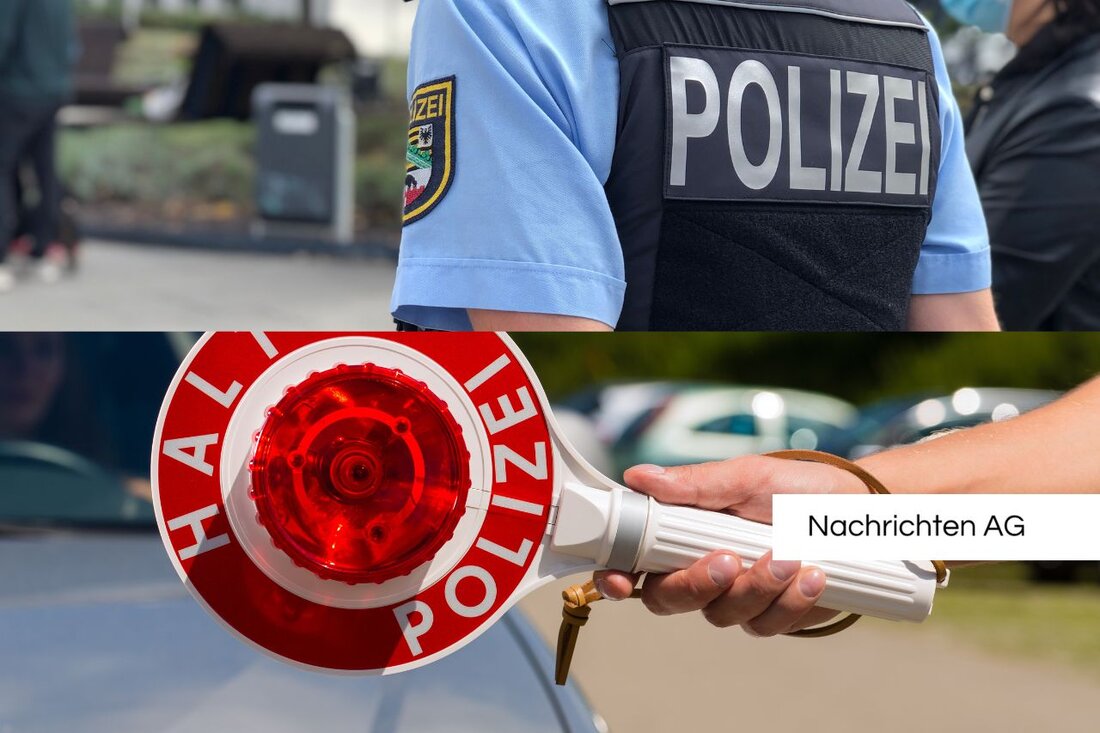ADAC comparison: BMW Highway Assistant vs. Mercedes-Benz Drive Pilot!
ADAC compares BMW's Highway Assistant and Mercedes' Drive Pilot in Penzing. Insights into autonomous driving technologies and responsibility.

ADAC comparison: BMW Highway Assistant vs. Mercedes-Benz Drive Pilot!
On November 11, 2025, the ADAC presented an exciting comparison between a wide variety of automated driving systems, which will interest both technology lovers and everyday drivers. In this test, the BMW Highway Assistant (Level 2+) and the Mercedes-Benz Drive Pilot (Level 3) were examined. Both systems are now available in selected series vehicles and show how driving is changing in the age of automation.
The BMW Highway Assistant has been regularly approved, while Mercedes-Benz has been using the Drive Pilot for several years. A test drive stretched from Penzing to Memmingen Airport, during which the ADAC experts were able to experience the two systems in action.
Level 2+ vs. Level 3: The differences
The BMW Highway Assistant, a level 2+ system, can drive independently on the highway, taking lane keeping, distance and speed into account. A maximum speed of up to 130 km/h is permitted here. The driver has the option to take his hands off the steering wheel, but should not be distracted - for example by reading or writing emails. A monitoring system ensures that the driver can take control at any time. In the event of an accident, responsibility always remains with the driver.
Legal framework for automated driving
The legal basis for automated vehicles has developed continuously since 2017. While with assisted driving (Level 2) the driver remains responsible for traffic violations, with highly automated vehicles (Level 3) the technology and its manufacturers can also be held liable. The legal regulations stipulate that particularly qualified insurance companies and technical supervisory bodies are necessary for the operation of such vehicles. The law already allows the use of autonomous vehicles on public roads, but only in special approved areas such as company premises or trade fairs.
In addition, the design regulations, which are intended to ensure that the driver remains alert at all times, are an important instrument. An example of this is the hands-on recognition on the steering wheel, which is implemented in the new S-Class from Mercedes-Benz.
Conclusion and outlook
The development towards increasingly automated driving systems is reflected not only in the technology, but also in the social and legal framework. However, consumers should be careful and critically question advertising promises, as they continue to bear responsibility in many situations. The ADAC experts call for clear communication of the active modes and responsibilities in the vehicle and suggest uniform lights to indicate the automated mode. This could provide greater safety and clarity on the roads.
In summary, it can be said that the Level 3 system in particular represents a particularly innovative step towards autonomous driving, and the ADAC is pushing for greater support for these technologies. This means that progress is no longer just in the starting blocks, but is well on its way to sustainably changing the face of mobility.
Further details and information about the tested systems can be found on the website ADAC can be viewed. Anyone interested in the legal aspects of autonomous driving will find valuable content ADAC legal information. For the travelers among you, there is also information about hotels HotelsCombined.

 Suche
Suche
 Mein Konto
Mein Konto